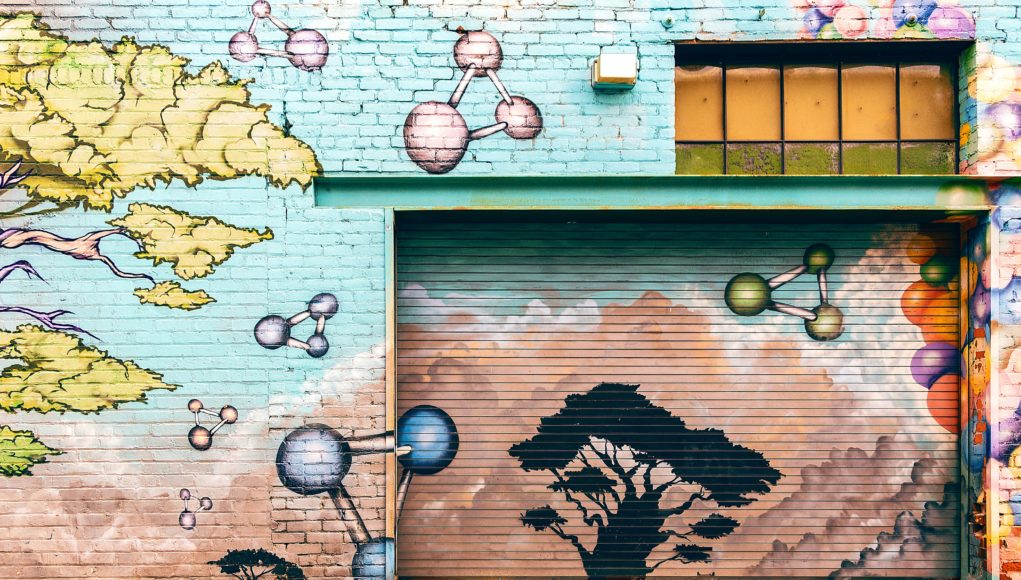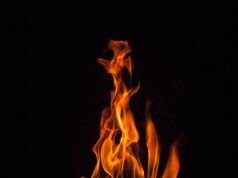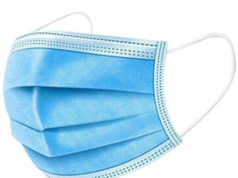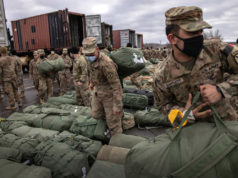By Ciara Wallace
Many 7th graders are currently learning about plate tectonics in science class at Emerson. Plate tectonics is what is behind creating mountains, earthquakes and creating volcanoes.
According to Britannica and a video called “Plate Tectonics: The Scientist Behind The Theory” a German meteorologist named Alfred Wegener is credited for being the first to develop a theory of plate tectonics, he called it continental drift. His idea is that once there was only one continent, which he named Pangea and the breakup of Pangea is what caused earth to look as it does today. Later, some scientists found out that this happened early in the Jurassic period. Alfred had come up with his theory when he had always noticed that Africa and South America had fit together but he found a map with information from deep down in the atlantic ocean which showed the match went all the way down to the continental shelf. This gave him the idea that they were once connected but drifted apart, forming his idea of the continental drift. Alfred Wegener went looking for evidence that his theory was correct, he discovered that the mesosaurus fossils have been found both in brazil and south africa, that creature was too small to swim the 5,000 miles across the atlantic ocean. Also, geologists in a desert in south africa found a second piece of evidence, where massive glaciers have left giant scars and scrapes along the rocks, which didn’t make sense to be there in the burning hot deserts. Another piece of evidence that they found were deposits of coal in the arctic islands of spitzberg because geologists knew that coal only formed in tropical forests. With all this evidence, he published his theory of the continental drift, but sadly he was criticized because he couldn’t explain what caused the continents to move, as well as at that time, many geologists had a completely different theory called the contraction theory for how the earth is.
The answer of how the continents moved didn’t come in Alfred’s lifetime, that’s where the theory of Plate Tectonics comes in, according to a video called “Plate Tectonics: Further Evidence” and an article by National Geographic, plate tectonics is the idea that the earth’s crust can be broken up into large pieces, or plates that is made up of both pieces of oceanic crust and continents that move together over the face of the earth. The lithosphere is separated into plates that move over the asthenosphere, the molten upper portion of the mantle. The oceanic and continental plates interact at boundaries all over the planet. People figured this out during world war 2 when scientists at sea were using eco technology to track submarines when they found a stretch of ridges made of continually erupting volcanoes. The mid-ocean ridges formed when molten rock rises from the inside of the earth and then pushes the crust apart, creating a vast spreading sea floor strong enough to move the continents. Not only is the new crust formed in new ocean ridges but it dipped back down again into the interior of the Earth. Occasionally, two plate tectonics will collide and one is pushed downward and melts into magma, which eventually the magma rises to the surface and explodes, creating a volcano. And 2 plates simply brushing each other can be dangerous, like when the San-Andreas fault slipped in 1906, causing a harsh earthquake. The people in the U.S live on the north american plate, the ground will move each year by about 2-4 inches, and over long periods of time, that’s enough to reshape, the earth, build mountains, trigger earthquakes, and create volcanoes.
Sources:
Plate Tectonics: The Scientist Behind The Theory
https://ca.pbslearningmedia.org/asset/ess05_vid_wegener1/
Plate Tectonics: Further Evidence
National Geographic: Plate Tectonics
https://www.nationalgeographic.org/media/plate-tectonics/
Britannica: Plate tectonics | Definition, Theory, Evidence, & Facts




